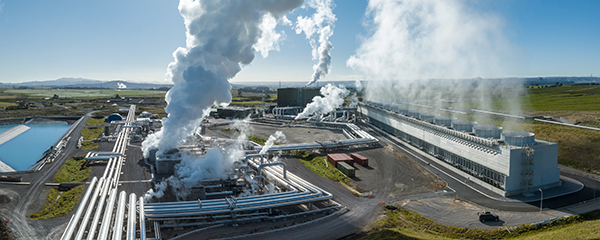Our ESG Reporting reflects our dedication to environmental stewardship, social responsibility, and strong governance. Here, you'll find insights into our efforts to reduce emissions, restore biodiversity, and uphold ethical procurement, along with comprehensive ESG data and reports that demonstrate our progress.

For independent complaint or pricing advice, click here. UDL & Powerswitch can help.
To read our Residential Consumer Care policy on how we'll keep you safe and connected, click here.